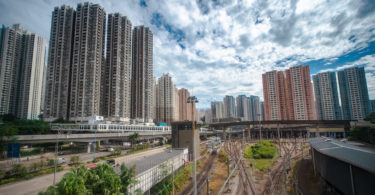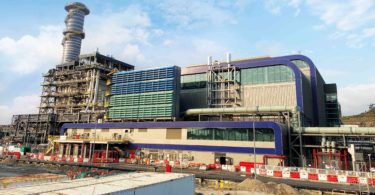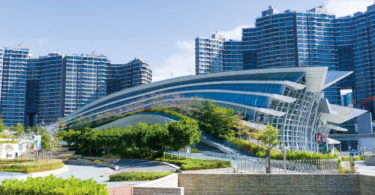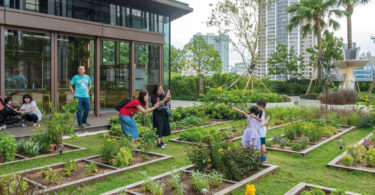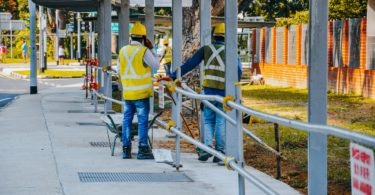By Stephanie Costelloe
Whilst COVID-19 has wreaked havoc on most countries, the global economy, social eco-systems and even mental wellbeing, the impact on healthcare from both a physical and systems perspective cannot be underestimated.
From a physical sense, hospitals struggled from the outset to cope with the sheer volume of patients who were affected by COVID-19, as most are simply not sized to accommodate such an overwhelming patient load. In many countries, this led to various attempts to help the system deal with the inevitable future patient volume – for example, the phrase ‘flatten the curve’ was coined in certain countries to help reduce the burden on hospitals by evenly spreading the number of patients over a longer period of time. However, even if there was enough physical space just to accommodate the patient numbers, there are many other issues in the design of our healthcare environments which impact the delivery of appropriate care to these patients.
Challenges of Providing Care for COVID-19 Patients in Current Hospital Environments
As a disease which attacks the respiratory system, large numbers of COVID-19 patients require mechanical ventilation, often for long periods of time. Many patients remain on ventilators for several weeks before they are well enough to be extubated. Intubated patients are typically cared for in an intensive care (ICU) or high- dependency environment which is specifically sized and equipped to deal with this level of high acuity care.
These rooms are larger than a typical patient room to allow for the additional equipment requirements such as multiple piped gas valves, other service outlets for connecting life-saving equipment, and ample space for close monitoring and care by staff. The number of ICU beds in a typical hospital is a relatively modest proportion of the overall bed number, which may suit the maximum patient load on most days of a typical year but is severely insufficient to deal with the patient surge or average length of intensive care presented by this crisis.
As a contagious disease that can spread through the air as well as through droplet and contact, patients should be cared for within an isolated environment with negative air pressure—meaning that the contaminated air in the room cannot pass to other spaces in the hospital. Much like ICU spaces, such a specialized air ventilation system is typically provided in a certain proportion of patient rooms within a hospital—this can range anywhere from 5 to 20 percent of rooms—rendering it impossible to accommodate all COVID-19 patients in such an environment and therefore increasing the risks of cross-contamination, most often to front-line workers who have suffered enormously during this time.
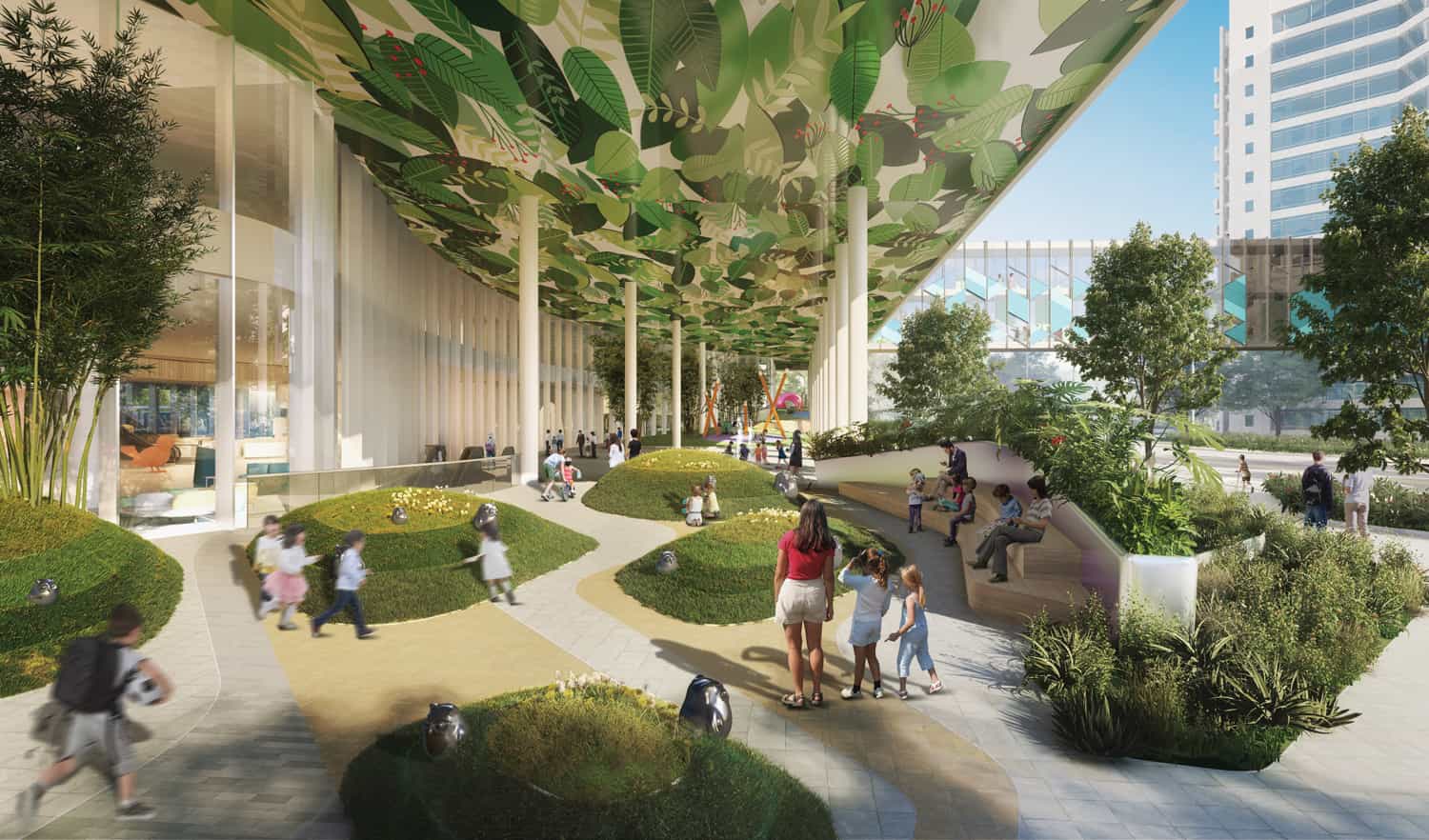
Creative Responses from Architects to Help Hospitals Deal with Limited Space and Prevent Contagion During the COVID-19 Outbreak
In terms of permanent physical infrastructure, accommodating for future flexibility and adaptation is often the best response to designing healthcare environments in general, as they are so often susceptible to change even over a short space of time. Future advances in medical equipment, technological requirements, or the rare demands of crises such as this can almost never be predicted, so it is critical that architects plan and design healthcare spaces which have a high degree of adaptability and ‘updatability’ to enable either temporary or permanent changes to occur with ease (or at least with minimum disruption and cost).
Changes in Hospital Design in the Future After the COVID-19 Pandemic
It goes without saying that the harsh reality of pandemics and other outlier events will be front and centre in discussions about hospital design in future, be that in the construction of new hospitals, or renovation and conversion works to existing buildings. ‘Pandemic mode’ will no longer be an optional ‘luxury’ to be considered during the design process, it will be a compulsory way of thinking about how the hospital can quickly convert, physically as well as operationally.
Flexibility in hospital design will remain the key to mitigating the impact of such unpredictable events which will each present their own particular challenges. However, considering the potential magnitude of such crises, changes to the physical design of hospital environments alone will be insufficient– this flexibility will need to extend to multiple building typologies to improve our response if such an event like this should occur again.

STEPHANIE COSTELLOE
Principal & Director of Healthcare, Asia, B+H Architects
Hailing originally from Ireland and graduating in architecture from Edinburgh, Stephanie Costelloe has spent the last 12 years of her career working in Australasia and Asia, with projects in locations such as New Zealand, Australia, Singapore, Hong Kong and China. Now based in Asia for more than 6 years, Stephanie has been involved in the design and delivery of several significant healthcare and research projects ranging from 2,000 to 500,000 square metres area, working predominantly between Hong Kong, Shenzhen, Shanghai and Singapore.
Stephanie has been involved in all aspects of briefing, designing and delivering hospital projects, and she has a passion for creating innovative healing environments which combine the efficiency and functionality necessary in successful health facilities, and importantly which align with stakeholder ambitions and resonate with the users of the building. Her background spans across architecture, medical planning and interior design, which enables her to thoroughly understand and navigate complex project requirements whilst weaving diverse clinical inputs into robust and innovative building solutions.
B+H has become a household name in designing and delivering complex healthcare facilities around the world. Most recently, the firm revealed its competition-winning design proposal for the new Children’s Hospital and Science & Education Building in Shenzhen, China. In a joint venture with East China Architectural Design & Research Institute (ECADI), the design emphasizes the importance of the collaboration between research, education, and patient care spaces in advancing pediatric healthcare in the region. Other projects include the National University Centre for Oral Health, Singapore (NUCOHS), Changi General Hospital Integrated Building in Singapore, and the recently completed Columbia Jiaxing Hospital in China.











